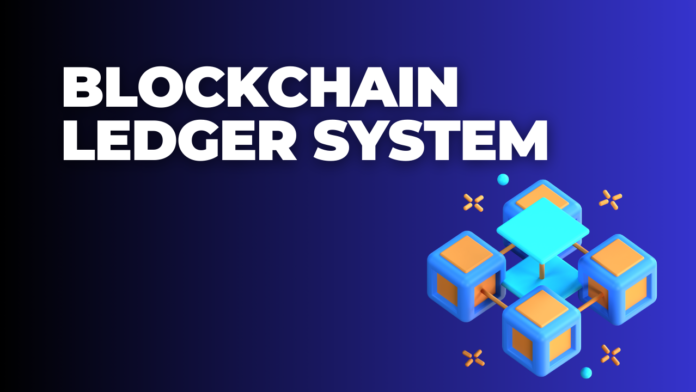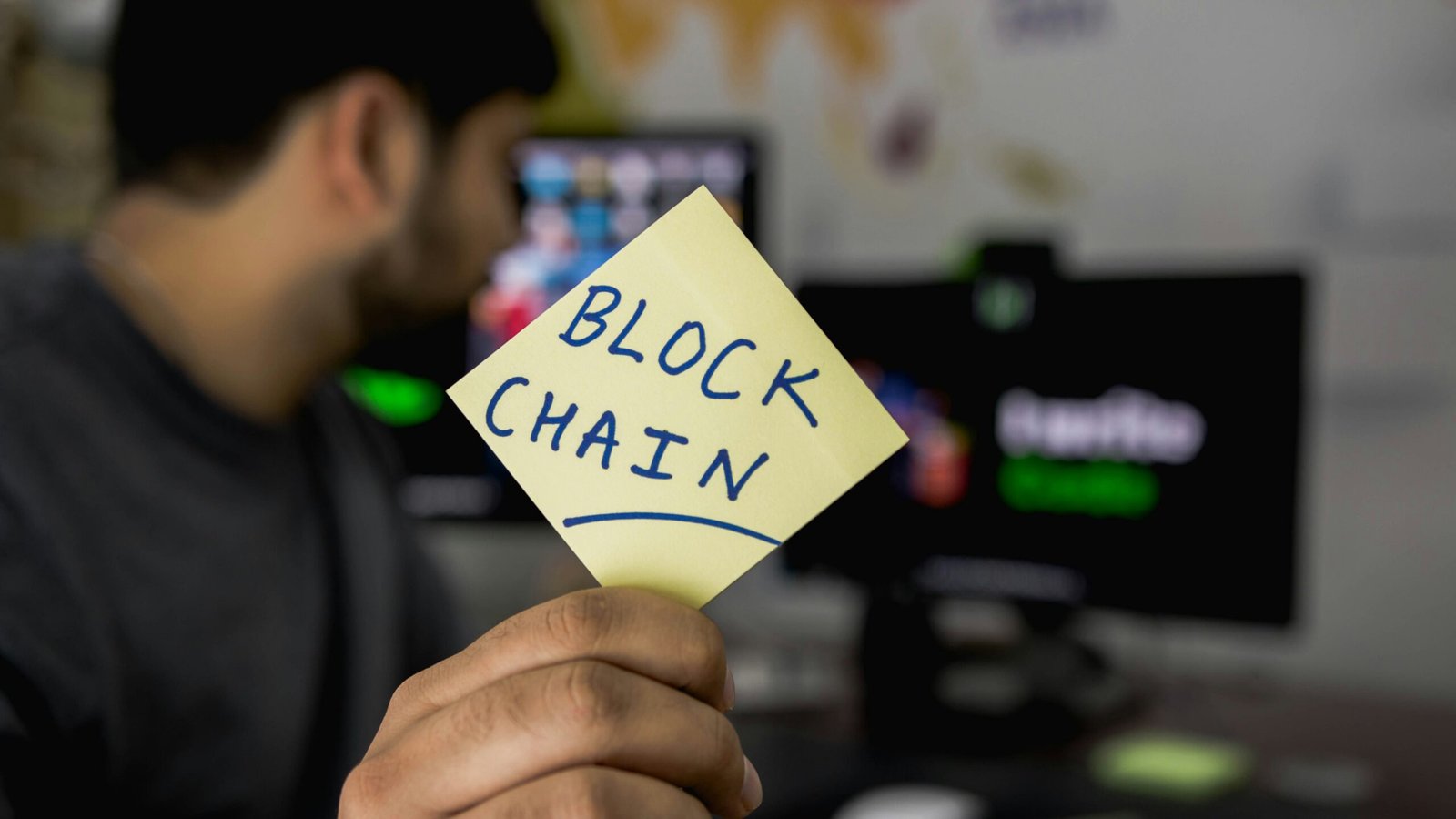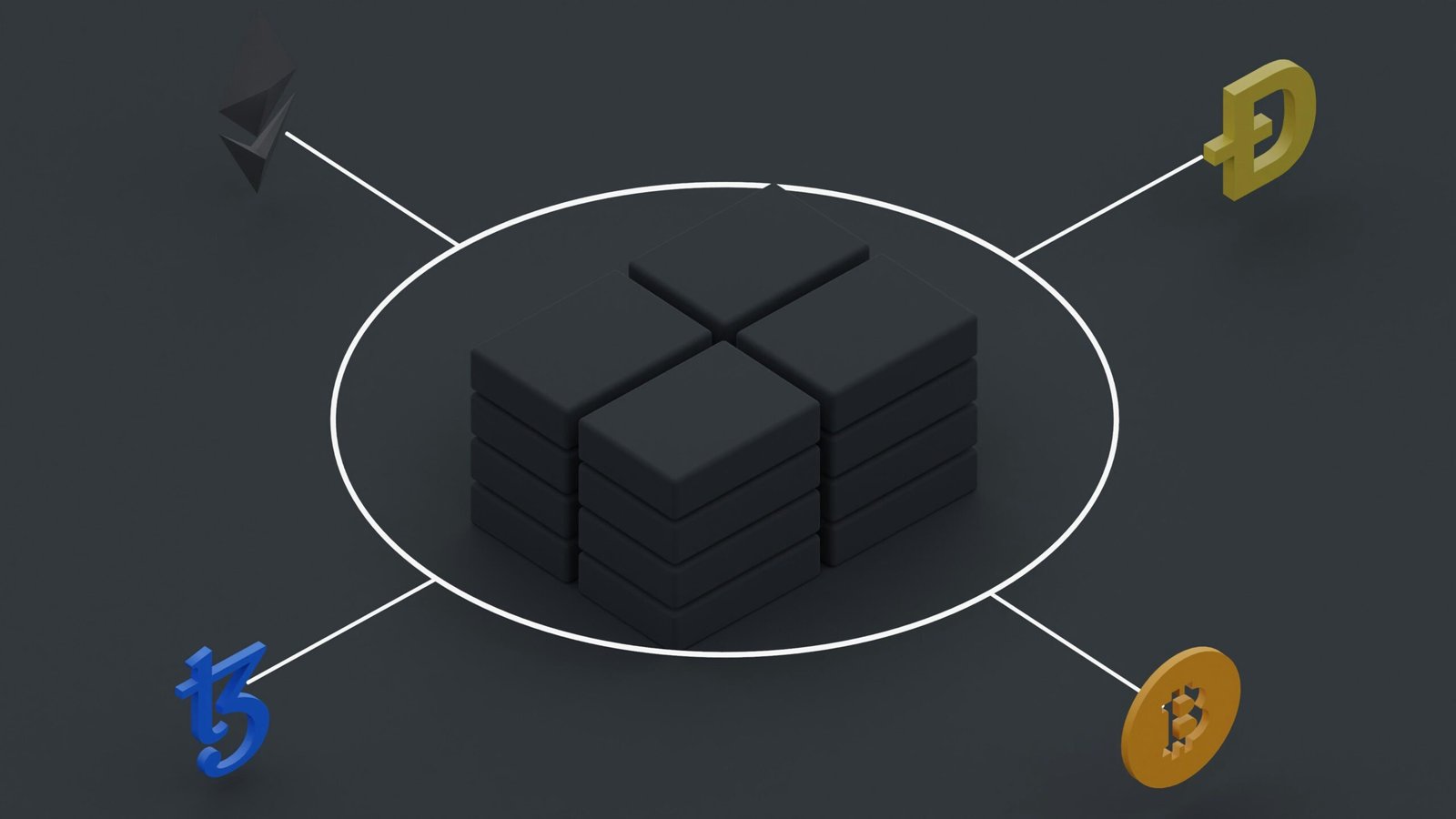The blockchain ledger system, often appreciated as one of the most secure and transparent creativity. In the digital age, underpins cryptocurrencies such as Bitcoin and Ethereum.But what if someone tried to change this almost unstoppable system? In this article, we’ll explore the potential implications of changing with the blockchain and why it’s such a big deal.
At its core, a blockchain is a decentralised digital ledger that records transactions across many computers in a way that ensures data cannot be changed in the past. This decentralised nature is the key to its security.
How Does the Blockchain Work?
Transactions are grouped together in blocks.Every block includes a cryptographic hash, a timestamp, and the transaction data from the previous block. Once a block is finalised, it is appended to the chain, establishing a permanent and unchangeable record.
Why Is Blockchain Considered Immutable?
The immutability of the blockchain comes from its design. To change any single block, a malicious actor would need to alter every subsequent block across the entire distributed network. This is computationally unfeasible, especially in large and well-established blockchains.
Cryptographic Security
Each block’s hash is unique, generated based on the block’s data. Changing any part of the block’s data changes the hash, making it immediately obvious that tampering has occurred.
Potential Scenarios of Tampering
51% Attack
One theoretical way to alter the blockchain is through a 51% attack, where a group of miners controls more than 50% of the network’s mining hash rate. This majority could, in theory, manipulate the blockchain. However, the costs and coordination required make this highly impractical.
Double Spending
A successful 51% attack could lead to double spending, where the same cryptocurrency is spent twice. This would undermine trust in the currency and could potentially collapse its value.
Effects of a Successful Changing Attempt
Loss of Trust
The primary appeal of blockchain is its trustworthiness. If someone could alter the blockchain, it would erode trust among users, potentially leading to a mass exodus from the affected cryptocurrency.
Economic Impact
Cryptocurrencies have significant economic value. Any tampering with the blockchain could lead to severe financial losses for investors and shake the broader financial markets.
Legal and Regulatory Fallout
Governments and regulatory bodies might respond to a successful tamper attempt with stricter regulations or even bans on cryptocurrencies, altering the landscape of digital finance dramatically.
Why Changing Is Unlikely
Computational Impossibility
For established blockchains, the sheer amount of computational power required to alter the ledger makes tampering virtually impossible. It’s like trying to rewrite history across thousands of books simultaneously.
Community Vigilance
The decentralised nature of blockchain means that any attempt at tampering would be quickly noticed by the community. Nodes would reject altered blocks, maintaining the integrity of the blockchain.
Technological Advancements
Continuous improvements in cryptographic technology and consensus mechanisms further fortify blockchain systems against potential tampering.
Preventative Measures
Enhanced Security Protocols
Blockchain developers continually update and improve security protocols to protect against new threats, ensuring the system remains robust.
Decentralisation
Increased decentralisation further disperses control, making it even harder for any single entity to gain majority control of the network.
Regular Audits
Regular audits and monitoring of blockchain networks help detect and address vulnerabilities before they can be exploited.
Conclusion
Control with a blockchain ledger system is not only technically challenging but also has serious impact. Blockchain’s decentralisation and cryptographic nature make it highly secure, and any successful attempt to change it will have far-reaching implications for trust, the economy, and regulation. As blockchain technology continues to evolve, its security protocols become more robust, protecting the sincerity of this revolutionary system.
FAQs
1.Can anyone alter the blockchain?
No, altering the blockchain is extremely difficult due to its decentralised and cryptographic nature.
2.What is a 51% attack?
A 51% attack occurs when a group of miners controls more than 50% of the network’s mining power, potentially allowing them to manipulate the blockchain.
3.How does blockchain ensure data integrity?
Blockchain ensures data integrity through cryptographic hashes and a decentralised consensus mechanism, making tampering nearly impossible.
4.What would happen if the blockchain was successfully changing with?
Successful changing would erode trust, cause financial losses, and likely lead to increased regulatory scrutiny.
Is blockchain technology evolving to prevent tampering?
Yes, continuous advancements in cryptographic technology and security protocols make blockchain systems more robust against potential changing.



